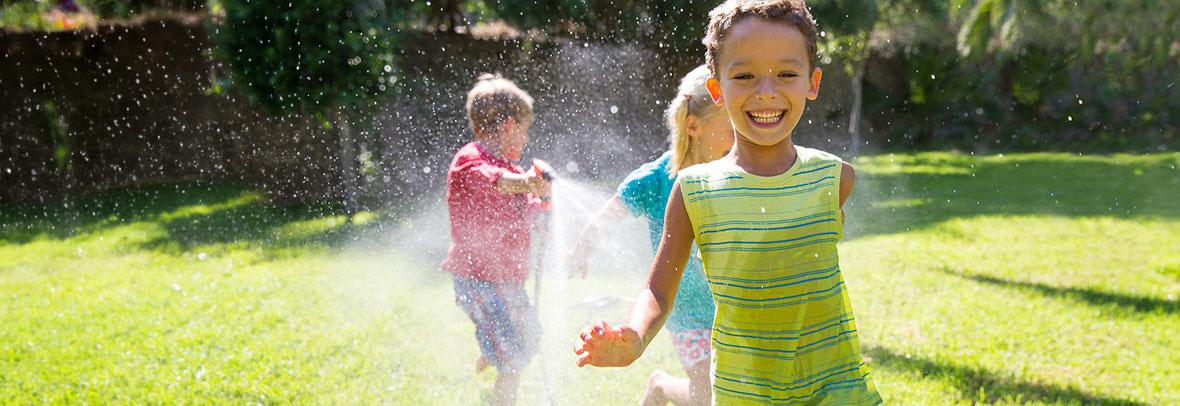
Florida Realtors® Shares the Benefits of a Grass Lawn
ORLANDO, Fla. – What does grass do for you? More than you may know.
There are many ways grass lawns benefit people, pets and the planet, from capturing carbon to providing a safe place for kids and pets to play, according to The TurfMutt Foundation, which advocates for the care and use of yards, parks and other green spaces.
Here are just a few of those benefits:
Creative backyarding: “Backyarding” has become a way of life as people take their indoor lives into the green space around them. The lawn is the backdrop for everything from an at-home soccer field to a bocce ball court. It’s a carpet of green where you can throw down a blanket and read or have a picnic.
Captures carbon: Turfgrass is one of the most effective carbon capturers. In fact, an average-sized home lawn in the U.S. has the potential to capture and hold 20.3 to 163.4 kilograms of carbon per year, according to research. The dense canopy and fibrous root system in a lawn captures and stores carbon so well that it more than makes up for the carbon used for maintaining the grass, several studies have found.
Reduces heat: Lawns can be 30 degrees cooler than asphalt and 14 degrees cooler than bare soil. Furthermore, eight average-sized front lawns can provide the cooling equivalent to air conditioning for 18 homes.
Produces oxygen: Grass is one of Mother Nature’s oxygen producing machines. One 5,000-square-foot grass lawn can produce enough oxygen each day to support 14 to 34 people, depending on location, according to The Lawn Institute.
Captures rainwater: Rainwater sheets off hard surfaces like hardscapes, artificial turf, parking lots, driveways and roads. Instead of going into the ground, rainwater becomes fast-moving stormwater runoff, which pollutes water systems. Acting like a sponge, grass slows down and absorbs runoff, cleanses water of impurities and dust, and recharges groundwater aquifers.
Creates a natural firebreak: Ongoing and worsening drought across the country has increased the risk of wildfire danger for millions of Americans. According to the American Society of Landscape Architects, grass can help protect communities from natural disasters like drought and fire. Living grass acts as a natural firebreak. Healthy turfgrass can be a significant deterrent to wildfires: It slows the spread of wildfires because of its low fuel value, and it provides a defendable space around structures.
Homeowners are urged to select the right grass species for their yards that can thrive in their specific microclimate. Other suggestions from the TurfMutt Foundation to help your grass lawn include: proper care and maintenance; mowing to the correct height for the grass species, watering wisely to promote a strong root system; and leaving grass clippings on the lawn to fortify it and help it capture more carbon.
Florida Realtors® serves as the voice for real estate in Florida. It provides programs, services, continuing education, research, and legislative representation to 238,000 members in 51 boards/associations. Florida Realtors® Newsroom website is available at floridarealtors.org/newsroom.
